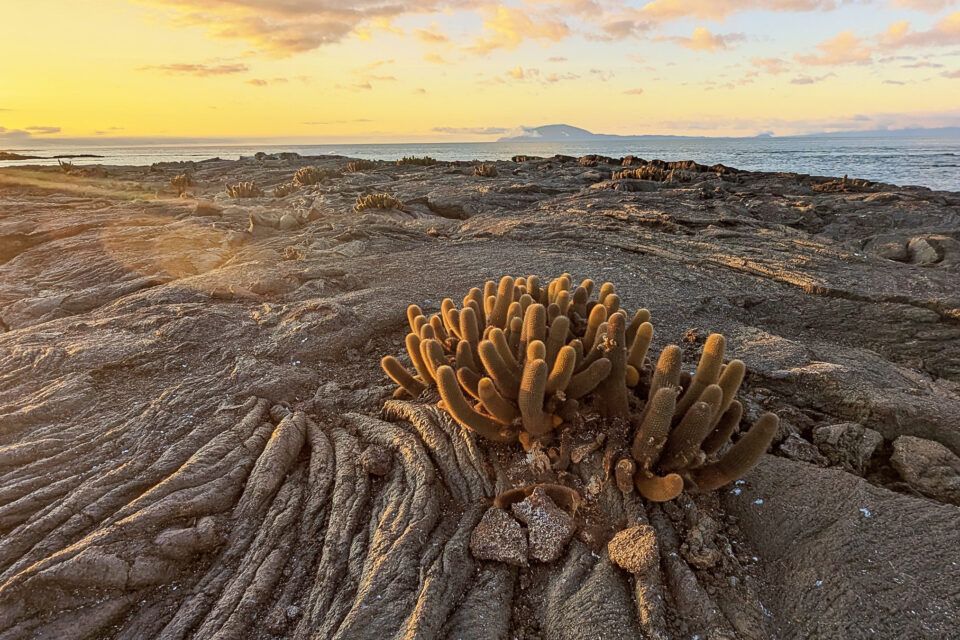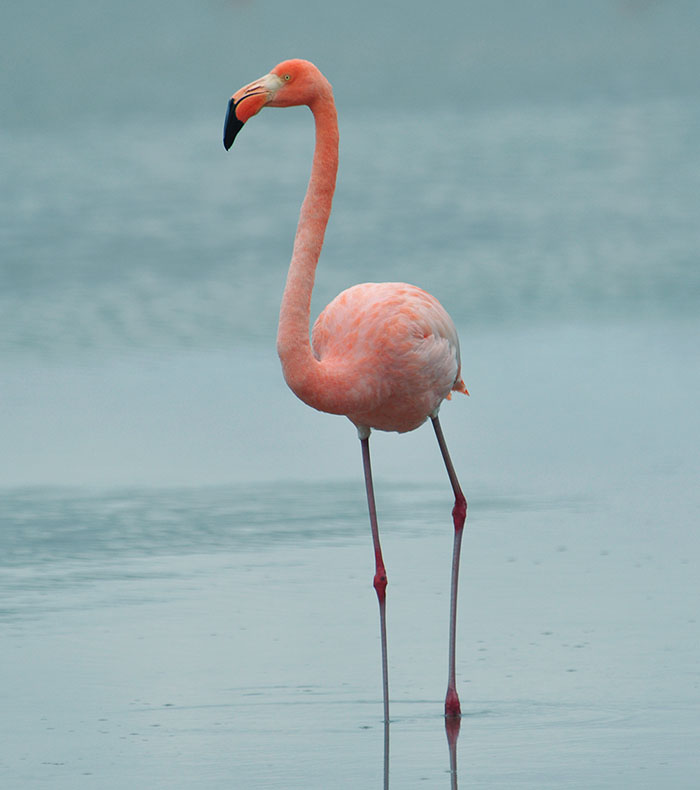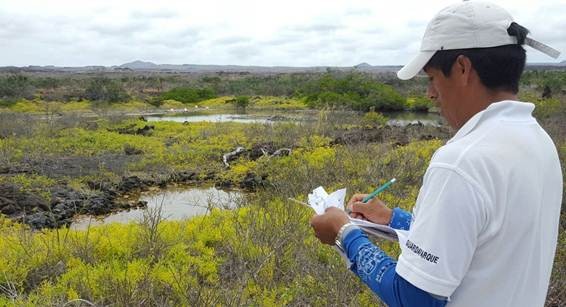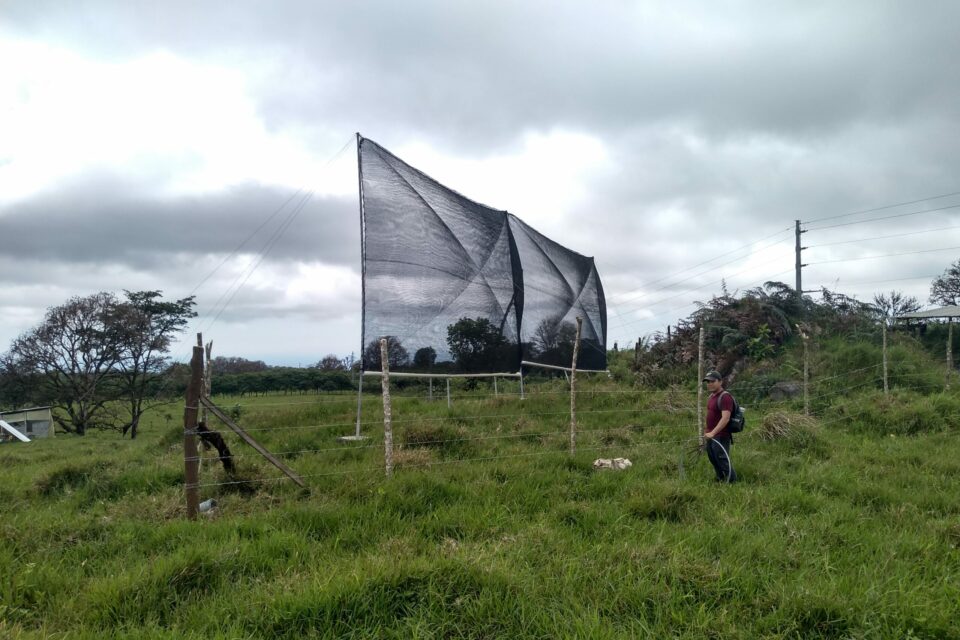

Flamingo Census Underway In Galapagos
An archipelago-wide study is set to start with the objective of determining how the El Niño phenomenon may affect flamingos in the Galapagos National Park (GNP).
The following is translated from a press release from the Galapagos National Park dated 20/10/15
With increasing rainfall across the Islands, a regional effect of the El Niño phenomenon, an archipelago-wide study is set to start with the objective of determining how the weather event may affect flamingos in the Galapagos National Park (GNP). Information will be gathered in three monitoring phases which will be carried out before, during and after the weather event. The first phase of this research was conducted last weekend.

Image by Trevor Platt
Close to fifty park rangers from the GNP carried out the first phase of flamingo monitoring. The task started at 06:00 in Santa Cruz, Isabela and Floreana with monitoring teams then mobilising across known species habitat zones all over the archipelago. This census was conducted in 19 of the 42 lagoons registered as being flamingo habitats.
Once in place, technicians in different locations started the monitoring process simultaneous at 10:00. The teams collected information about number of birds, nests, presence of other birds and data regarding water levels and turbidity (cloudiness of the water).

Image supplied by the Galapagos National Park
According to the GNP technicians, this research will help to bolster understanding as to whether the increased rainfall affects the salinity of the ponds and lagoons and, in turn, whether salinity fluctuations have an effect on flamingo food sources.
“In optimal salinity and food-source conditions, the flamingos would be able to stay in one place for a longer duration before migrating”, explains Christian Sevilla, head of conservation and island ecosystem restoration.
Kléber Aguilar, head of native species conservation, outlined that the aim of this census is to highlight potential impacts that the El Niño weather event may have on these migratory birds.
The first part of the census revealed that the flamingo population is currently stable, with 342 birds across the 19 ponds and lagoons that were monitored during this stage of the research.
Translated by Dan Wright.
Related articles


Climate change and plastic pollution: the inextricable link

Santa Cruz: The Evolution of the Agricultural Zone


